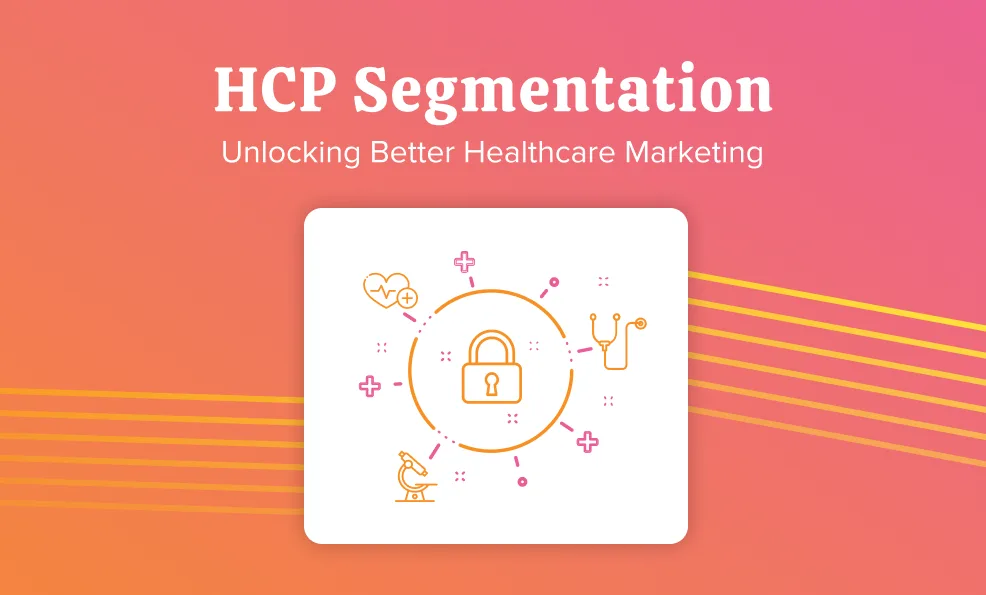“Have you listened to the radio lately? Have you heard the canned, frozen and processed product being dished up to the world as American popular music today?” – Billy Joel
While some of us may agree that popular hit music is “frozen and processed,” the fact of the matter is that we will eat it up. According to Nielsen’s State of The Media: Audio Today report, 93% of us listen to broadcast radio, which is higher than TV viewership (85%), PC use (50%), smartphone use (74%) and tablet use (29%).
With digital media on the rise and the ability to stream music on your computer and mobile devices, what is still so powerful about broadcast radio?

As marketers, we want to make sure that the investments we’re making in our campaigns are useful and that we’re not just “throwing away money” at a traditional ad campaign. We may gravitate toward digital media purchases since we can show the value in the investment a little bit easier (e.g., click-through rates from pre-roll ads).
However, digital media investments haven’t quite “killed the radio star.” Here are a few reasons why radio is still a powerful channel of communication:
Put a voice to a brand
While traditional newspaper ad spots, social media marketing and digital content can be effective, they may not always give readers the personified experience that truly defines who you are and what you have to offer. A radio spot is different, pairing a brand with a voice in a way that enables you to speak openly to your listeners while tailoring your message to their wants and needs.
Check out these award-winning examples from Jeep® and Clorox®:
Jeep: So Alive (Credit: FCB Chicago, 2016 Radio Mercury Award Finalist)
The Clorox Company: Big Bag (Credit: Alma DDB, 2016 Radio Mercury Award Finalist)
Reach a larger audience without spending more
Campaigns for other media outlets, television for example, often require longer lead times than radio. They can also be more expensive. It takes more time and money to produce a television commercial than it does a radio ad. Radio spots also tend to come at a fraction of the cost of a comparable television spot. This also makes radio a less risky platform for testing new messaging, offers or markets.
Ultimately, your marketing plan should depend on your product or service, audience and message. Radio, though, can play an integral role if your brand has a strong voice and message—especially if your budget is limited.
Market to people on the go
Most people in their cars—who are not going to work or school—are listening to the radio while running errands. When listeners are already in the purchasing mindset, a message regarding your product is far more likely to make an impact. Aiming your ads at your key audience through station, market placement and daypart enables you to target your messaging to those who are ready to spend.
Frequency is key
Let’s explore a few examples of successful radio campaigns. First, how are we defining “successful” for a radio campaign? In my experience, the most common success metrics are reach and frequency. The higher percentage of your audience that you reach and the more times they hear your message, the better chance you have of making an impact.
But what is a reasonable frequency of ads to run for your campaign without overwhelming your audience?
If you’re from the central Indiana region, you’ll probably be familiar with the “Sisters of Savings” from Hare Chevrolet or Bob Rohrman radio spots. Even if you don’t know what their latest messaging is, you’ve definitely heard one of these at some point living in the state. Why do these particular spots resonate so well with us? The answer: frequency. At times they may have their latest silly jingle stuck in your head, but when you’re ready to purchase your next used car, you’ll remember their name in your search. Now I’m not saying that we should aim to have 3+ frequency on a specific station to target the audience, but we do need to consider what the goals and KPIs of the campaign are and what that does to the frequency and percentage of the audience on the station that you want to reach.
Ask yourself the following questions when you’re considering a radio component to your next campaign:
Who is my audience?
Where is my audience located?
Where is my audience consuming media?
What are my campaign goals?
It’s hard to believe that 265 million Americans have something in common but when it comes to media consumption, we’re all a little more similar than we’d sometimes like to admit. Oh, I wasn’t referring to the ‘frozen and processed music’ but, well, we all have our guilty pleasures.

